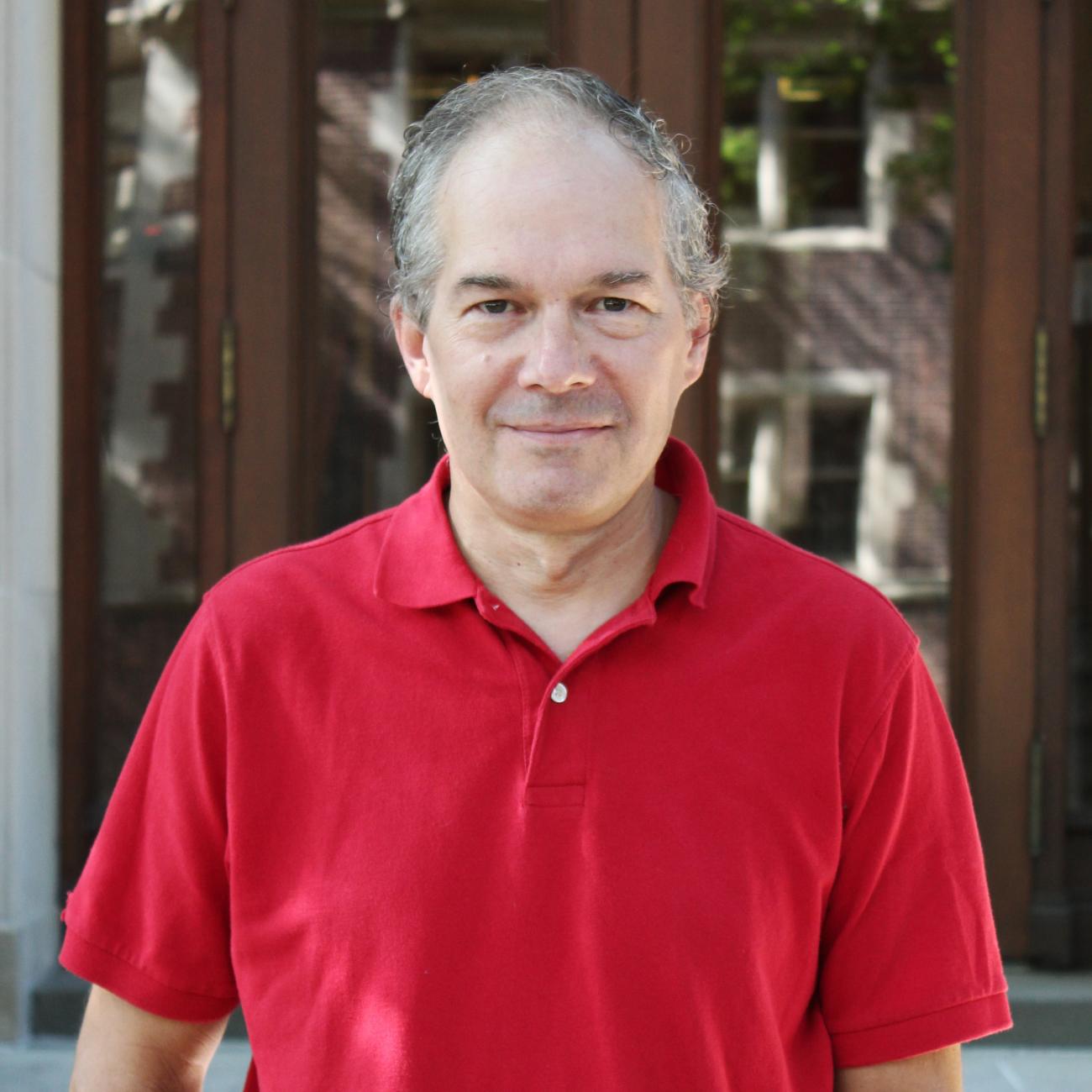Ph.D., University of Chicago, 1993
population and evolutionary genetics
My research uses evolutionary and population genetic theory as a framework for understanding the evolutionary significance of mutation rates and mutational phenomena.
Because the ultimate source of genetic variation is mutation, the evolution of mutation rates is a subject of basic interest in genetics. Considerable health implications exist as well: Recent findings have linked high somatic mutation rates with certain cancers, and high mutation rates have also been linked to pathogenicity in E. coli and Salmonella. Defective methyl-directed mismatch repair (hereafter, MMR) is implicated as the underlying mechanistic basis for high mutation rates in both of these cases. However, the basis for the evolutionary success of MMR-defective alleles remains to be examined rigorously. I am currently studying experimental populations of the bacterium Escherichia coli in which strikingly elevated general mutation rates have evolved. Genetic complementation analyses have shown that these high mutation rates are caused by defects in the MMR pathway. I am using classical and molecular genetic approaches to manipulate and characterize the specific MMR defects responsible for the evolution of mutation rates, and I am pursuing experimental and theoretical population genetic studies to examine the causes of mutation rate evolution.
The genomes of virtually all organisms well studied at the molecular level harbor transposable elements (TEs), which are genetic entities capable of replicating faster than host DNA and inserting replicas into new genomic locations. TEs have been the subject of considerable speculation and interest; opinion is broadly divided over whether they are of functional or adaptive value or are best regarded as parasitic (selfish) entities. Surveys of TEs in natural Drosophila melanogaster populations have supported the selfish DNA view: TEs are rare at occupied genomic sites, as would be expected on a balance between selective elimination and replicative transposition. Very little is known, however, about the population biology of TEs in other taxa. I have recently initiated a project to study the population genetics of Ty elements in the wild yeast Saccharomyces paradoxus, a close congener to the domesticated brewer's yeast S. cerevisiae. The early stages of this project are providing novel information on the structure of wild yeast populations, and this information will be used as a baseline for future studies of the significance of Ty elements.
Sniegowski P. 1998. Mismatch repair: origin of species?. [Review] [16 refs] Current Biology 8(2):R59-61.
Lenski R.E., Mongold J.A., Sniegowski P.D., Travisano M., Vasi F. Gerrish P.J., Schmidt T.M. 1998. Evolution of competitive fitness in experimental populations of E. coli: what makes one genotype a better competitor than another?. [Review] [29 refs] Antonie van Leeuwenhoek 73(1):35-47.
Naumov, G.I., Naumova, E.S., Sniegowski P.D. 1997. Differentiation of European and Far East Asian populations of Saccharomyces paradoxus by allozyme analysis. International Journal of Systematic Bacteriology 47(2):341-4.
Sniegowski, P.D., Gerrish, P.J., Lenski, R.E., 1997. Evolution of high mutation rates in experimental populations of E. coli [see comments]. Nature 387(6634):703-5.
Sniegowski P. 1997. Evolution: setting the mutation rate. Current Biology 7(8):R487-8.
Sniegowski, P. D. 1995. A test of the directed mutation hypothesis in Escherichia coli MCS2 using replica plating. Journal of Bacteriology 177:1119-1120.
Sniegowski, P. D. and R. E. Lenski. 1995. Mutation and adaptation: The directed mutation controversy in evolutionary perspective. Annual Review of Ecology and Systematics 26:553-578.
Sniegowski, P. D. and B. Charlesworth. 1994. Transposable element numbers in cosmopolitan inversions from a natural population of Drosophila melanogaster. Genetics 137:815-827.
Charlesworth, B., Sniegowski, P. and W. Stephan. 1994. The evolutionary dynamics of repetitive DNA in eukaryotes. Nature 371:215-220.
Fluctuation test analysis programs (compiled for Windows) and source code from: Shaver, A.C. and P.D. Sniegowski. Analysis of mutation rate data from fluctuation tests: Robust confidence intervals and hypothesis testing. Genetics, in revision

